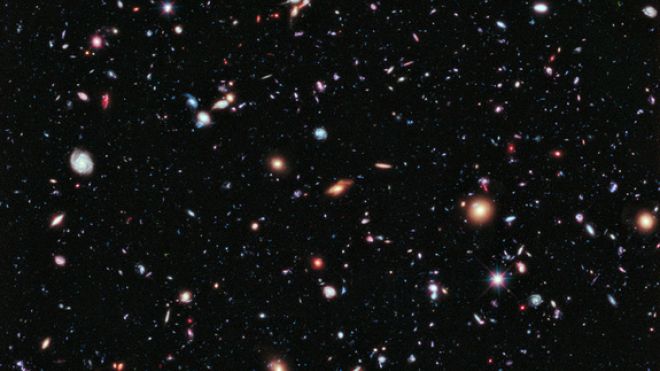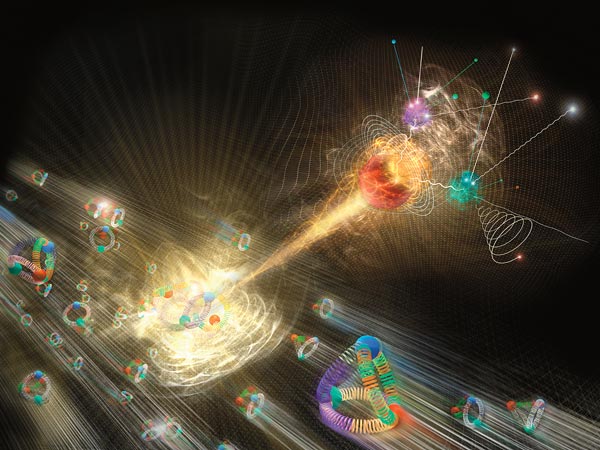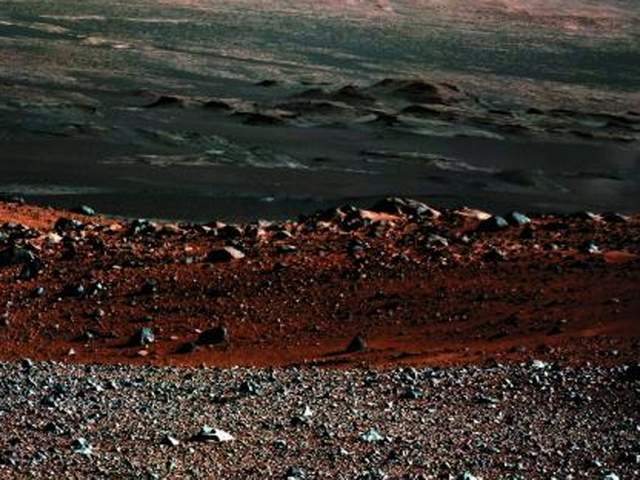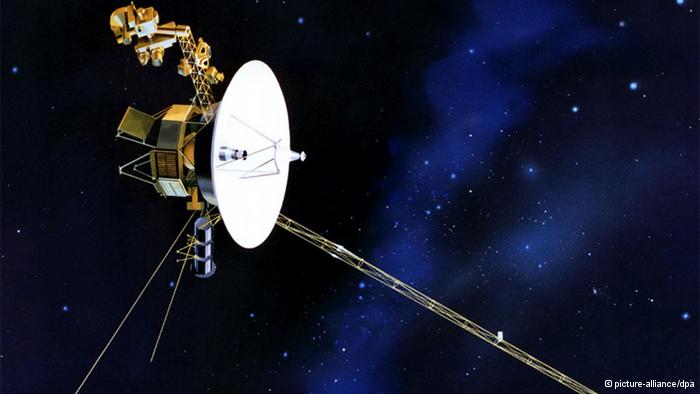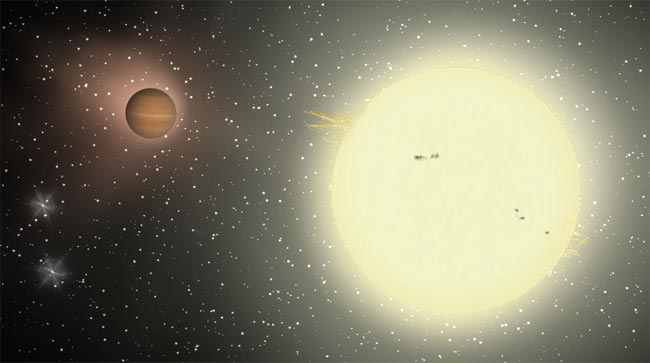The Hubble Space Telescope does it again
Space agencies are seeing further than ever before and it allows us humans to gather valuable knowledge about the beginnings of the universe. The picture by the Hubble Telescope was assembled utilizing Hubble Telescope views over a decade.
The universe is estimated to have a 13.7 billion-year lifespan and the galaxies in the XDF photo go back as much as 13.2 billion years. The Advanced Camera for Surveys and the Wide Field Camera 3 were used by Hubble to generate this image. Astronomers are now able to examine the universe by seeing into the depths of space and time.
